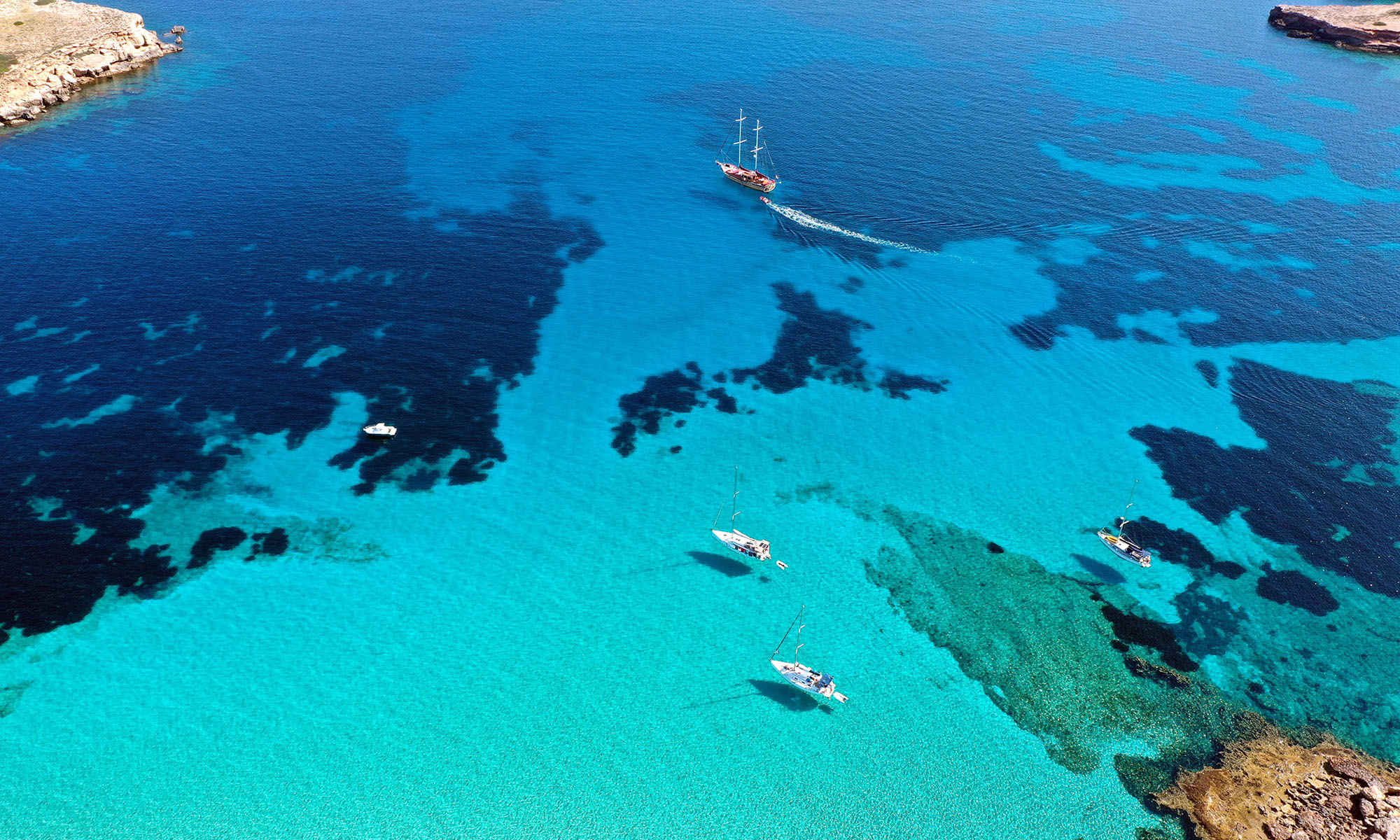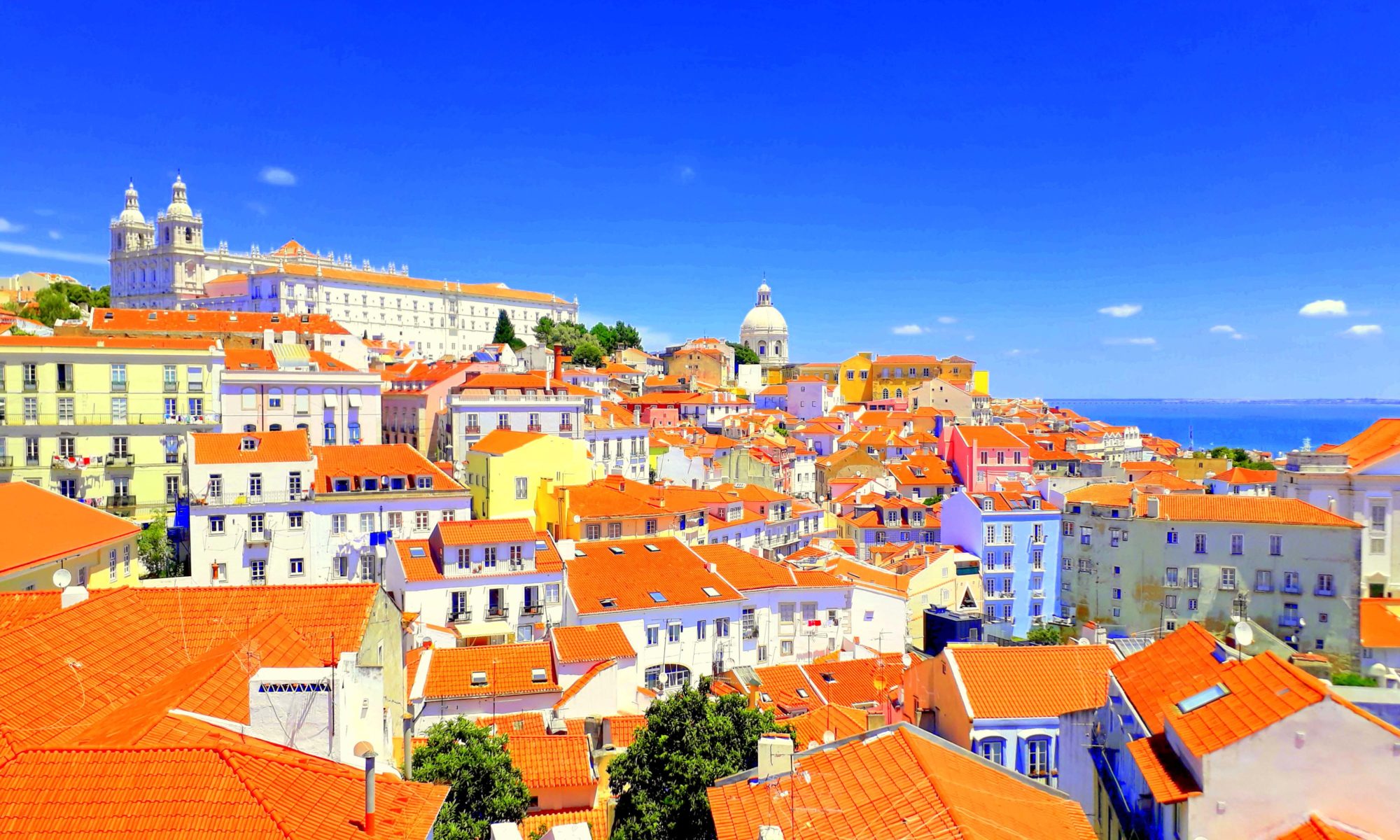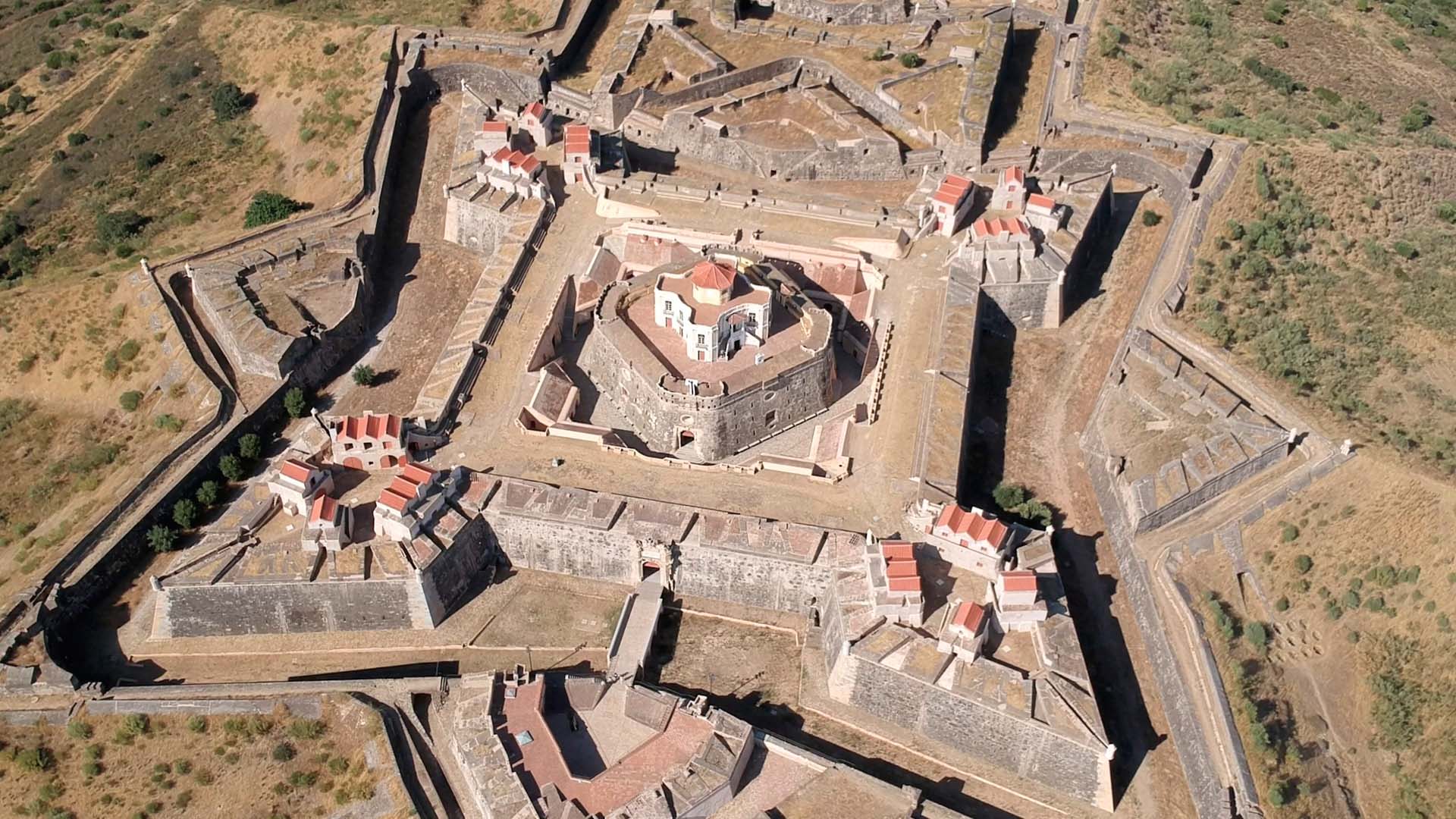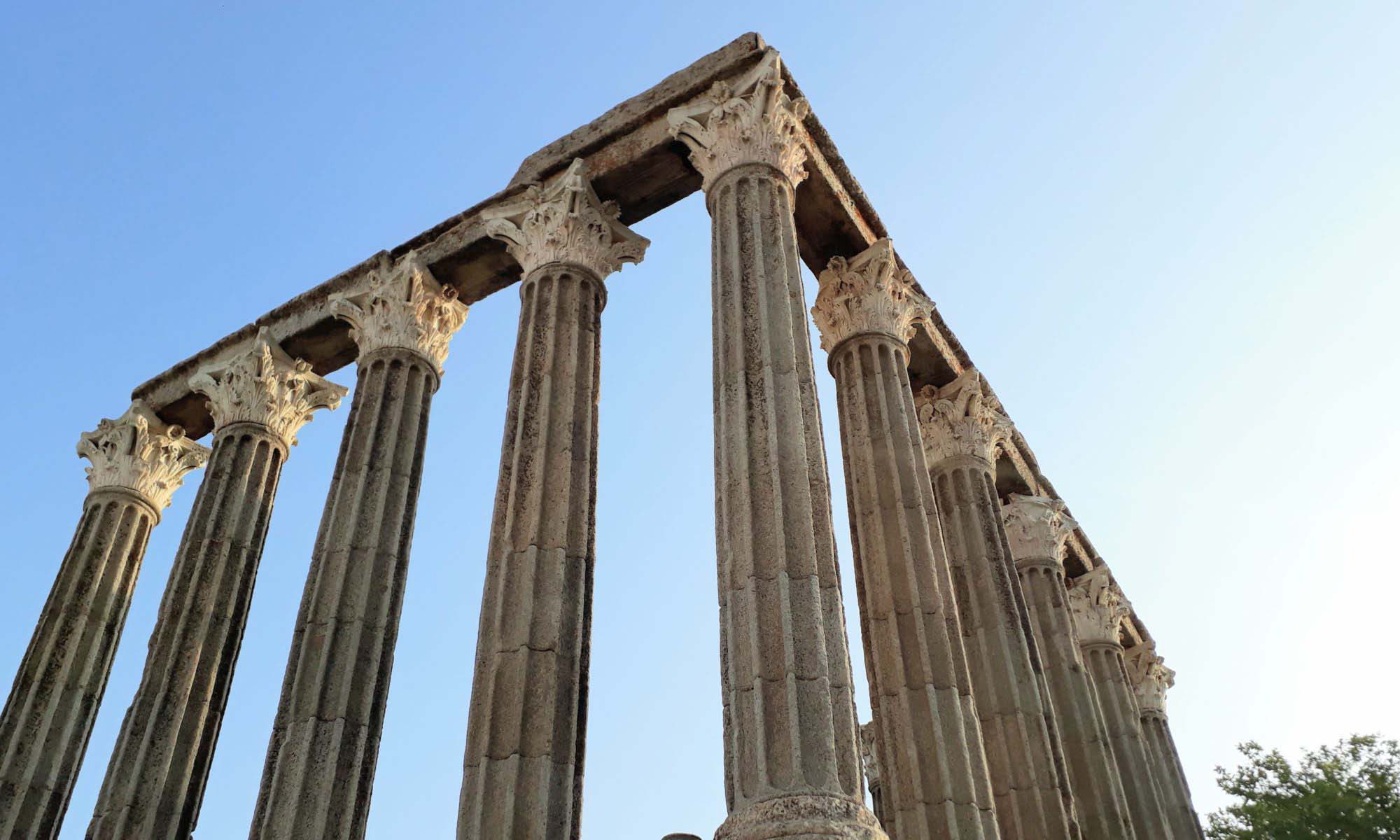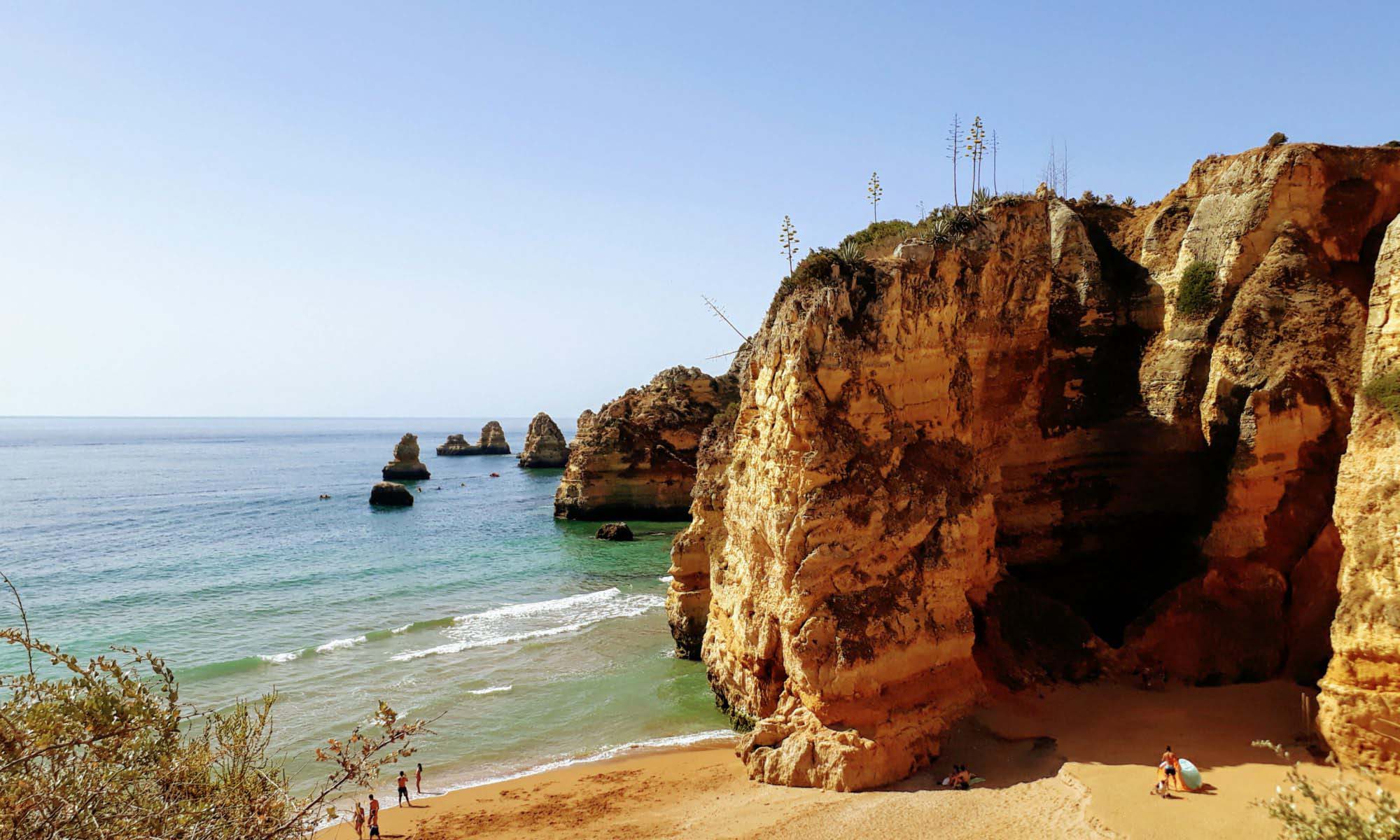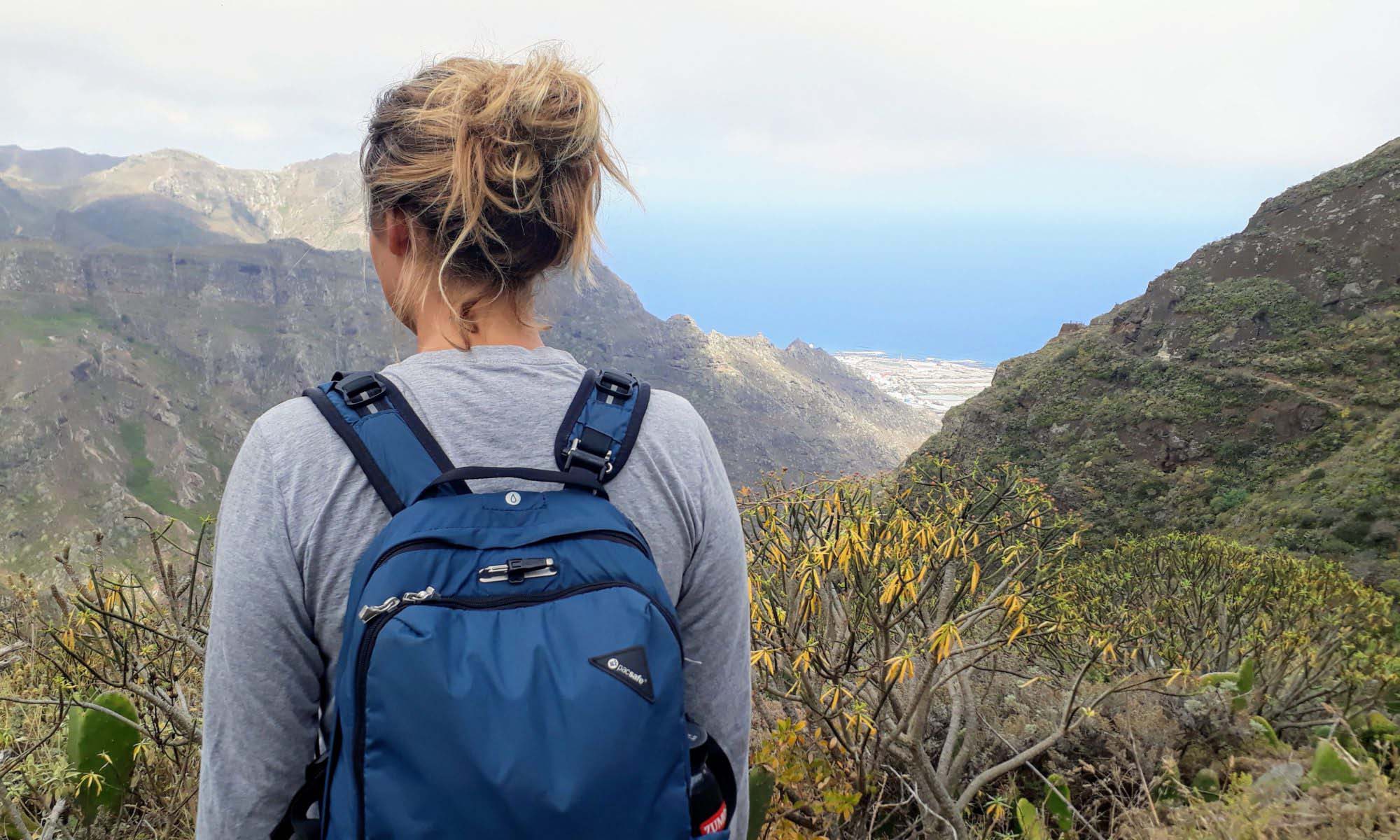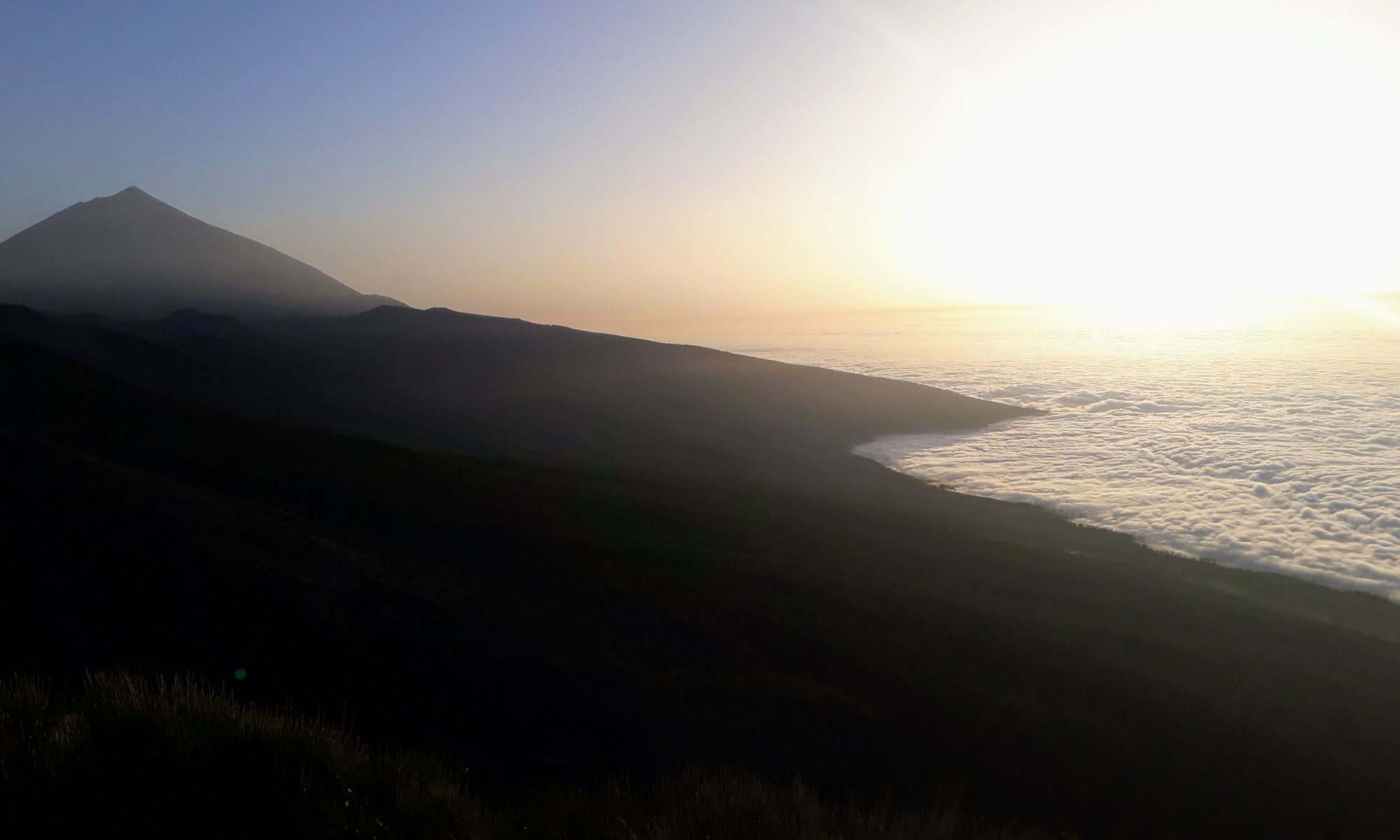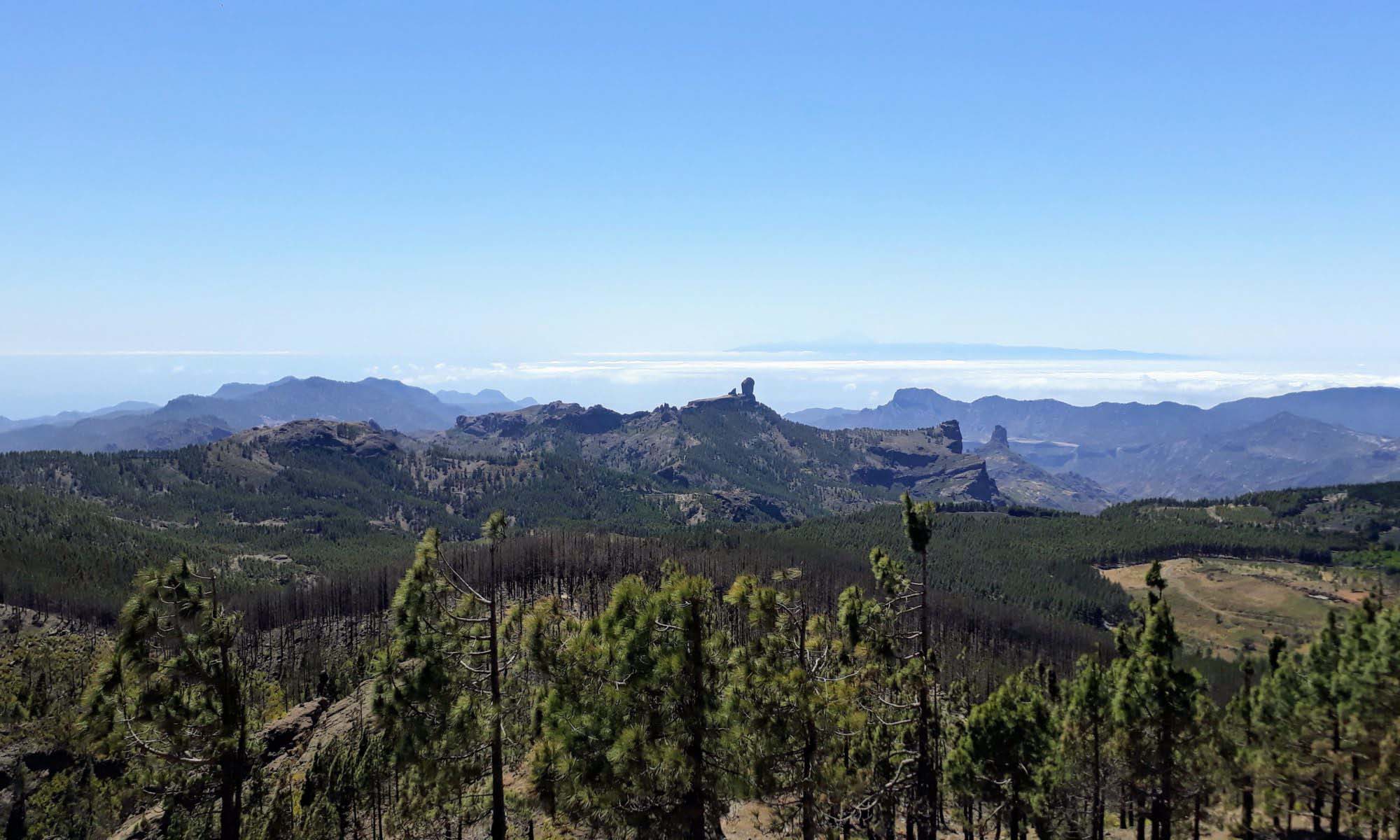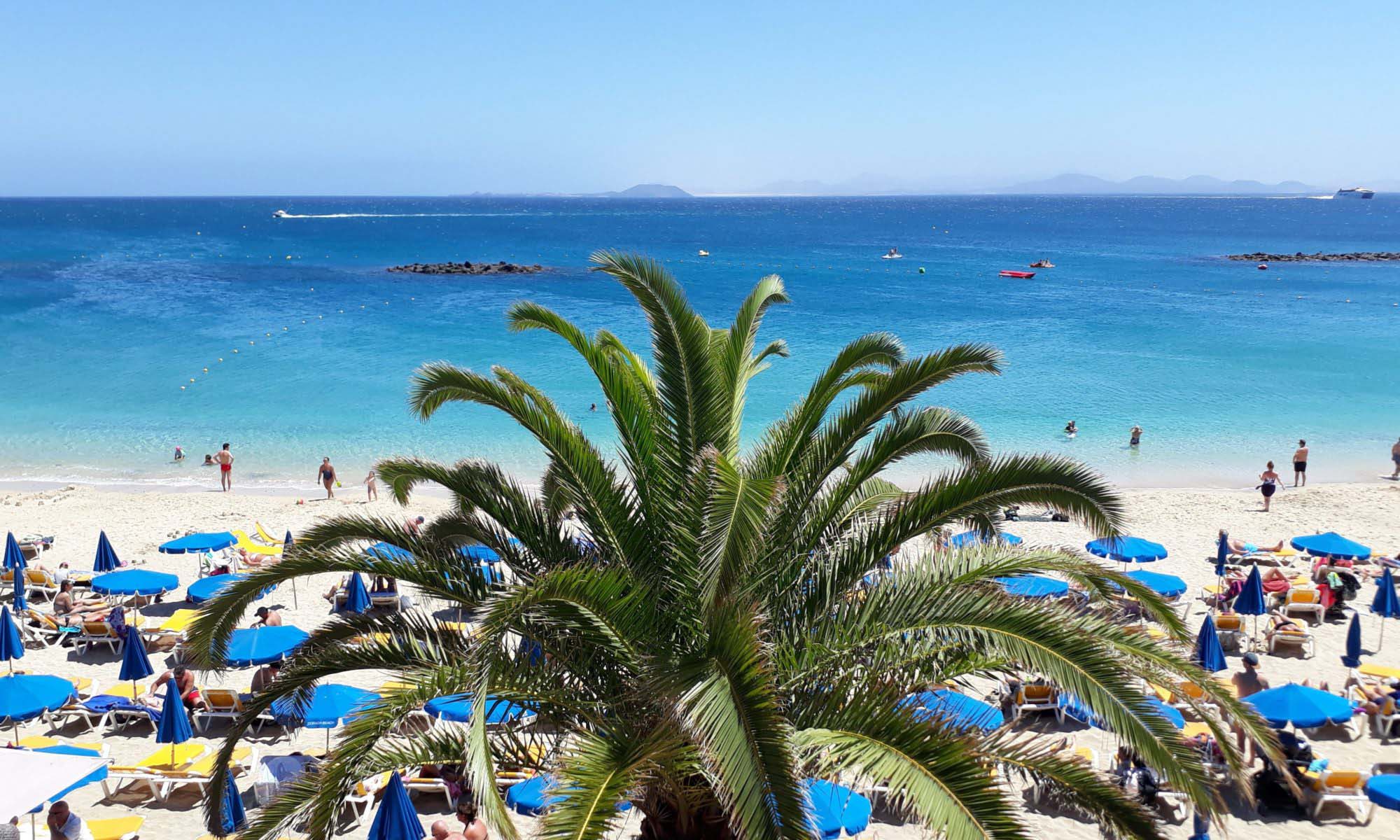For a few months we made a road trip from north to south all across Portugal. Of course, we saw all sorts of beautiful places: knightly castles, wild beaches, nature parks rich in species, lively cities, dreamy villages, steep cliffs and much more. We’ll tell you which 30 towns we liked the most and which city we can’t stop raving about. Continue reading “30 Beautiful Places in Portugal”
UNESCO World Heritage in Portugal
Portugal currently has 15 UNESCO World Heritage Sites: 14 of which belong to the cultural heritage and one to the natural heritage. The Atlantic island of Madeira is home to the only Portuguese natural heritage site. Two World Heritage Sites are located in the Azores, the remaining 12 on the Portuguese mainland. In 1983, the first four sites were added to the World Heritage List. The most recent World Heritage Site was registered in 2006.
Continue reading “UNESCO World Heritage in Portugal”
Elvas: Largest Bulwark Fortifications in the World
Near the Spanish border, Elvas is home to the world’s largest preserved bastion fortifications. Together with the entire historic center, these have been a UNESCO World Heritage Site since 2012. After Elvas was developed as a strategic point to one of the major strongholds of the country, the town was repeatedly the scene of the Restoration War, which broke out as a result of the revolution of 1640. Continue reading “Elvas: Largest Bulwark Fortifications in the World”
Évora: Megalithic Stone Circles and Roman Temples
The historic center of Évora has been included in the UNESCO World Heritage list since 1986. The capital of the south-central region of Alentejo in Portugal also belongs to the Most Ancient European Towns Network founded in 1994. In addition to Roman remnants, the Almendres Cromlech, whose age is estimated at about 5000 to 6000 years, is located very close by. Continue reading “Évora: Megalithic Stone Circles and Roman Temples”
Where to go in Winter? 13 Sunny Destinations for Cold Days
Every now and then, someone in our travel group on Facebook asks for warm holiday destinations for the winter. Because while temperatures in Central Europe have already dropped to single-digit levels, elsewhere in the world it is still comfortably warm and the days are noticeably longer. And you don’t even have to travel far away – there are so many sun paradises awaiting you right around the corner! We’ll reveal our favorite winter destinations within and outside Europe. Continue reading “Where to go in Winter? 13 Sunny Destinations for Cold Days”
Canaries Guide: Which Canary Island is the Best?
The Canary Islands, also known as the Islands of Eternal Spring due to their year-round mild climate, are among the most popular holiday destinations in the world. However, apart from the weather and their volcanic origin, they have little in common, because each of them has its own charm. As much as the islands differ from one another, the more diversified is it to visit them all. For those who don’t have that much time, here’s a comparison. Continue reading “Canaries Guide: Which Canary Island is the Best?”
Hiking in Tenerife: The 5 Most Beautiful Routes
As we already showed you in our article about the perfect road trip around Tenerife, the Canary Island is a true eventing bomb: There is almost nothing you can’t do on the largest of the Canary Islands. Therefore, in the last post, hiking tours were a bit missing out. We would like to make up for that, as Tenerife turned out to be the absolute hiking paradise for us. Having said that, we’ll reveal our personal 5 highlights of the most beautiful hiking trails to you in this article. Continue reading “Hiking in Tenerife: The 5 Most Beautiful Routes”
Pico del Teide: At the Highest Peak in Spain
It sticks up far above the cloud cover: the volcano Pico del Teide on Tenerife. With a summit elevation of 3718 meters above sea level, it is the highest mountain in Spanish territory. Moreover, it is also the namesake of the largest and oldest protected area of its kind in the Canary Islands: The Parque Nacional del Teide or Teide National Park was established in 1954 and declared a UNESCO World Heritage Site in 2007. We were at the top of the Teide and tell you what to pay attention to. Continue reading “Pico del Teide: At the Highest Peak in Spain”
Gran Canaria: Miniature Continent
The third largest island in the Canary Islands, after Tenerife and Fuerteventura, is also known as “miniature continent” due to its climatic, geographic, floristic and faunistic diversity. After all, there are 14 microclimates on the nearly circular island of volcanic origin with a diameter of about 50 kilometers. But not only the weather is different from north to south, also the culture, the people, the landscape as well as the architectural picture. Here you will learn what you should not miss on Gran Canaria. Continue reading “Gran Canaria: Miniature Continent”
Lanzarote: Artful Volcanic Island
Separated by only a mere 12 kilometers wide strait from Fuerteventura, is the northeastern of the seven major Canary Islands: Lanzarote. As the home of the artist and environmentalist César Manrique, its design was significantly influenced by him. The emergence of the island of volcanic origin goes back about 36 million years. In 1993, it was declared as the first whole island a UNESCO Biosphere Reserve. Continue reading “Lanzarote: Artful Volcanic Island”
